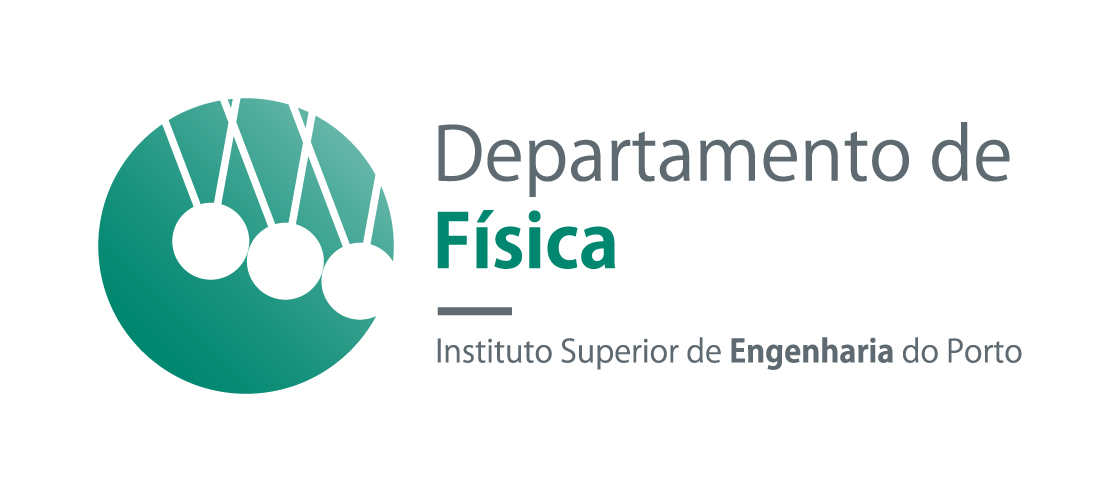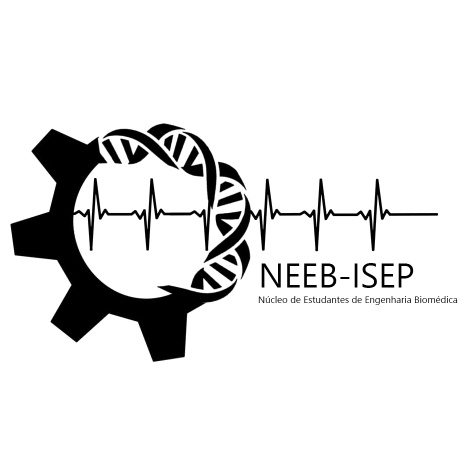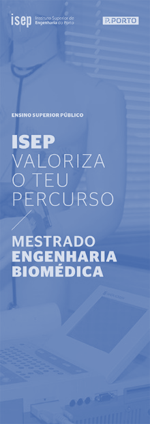 ND
ND Resumo
Helicobacter pylori infection is one of the major risk factors for gastric cancer development. In fact, 90% of all gastric cancers are related with persistant infection with this bacterium [1]. Recent guidelines advise H. pylori eradication in all infected patients. However, the available treatments, combining a proton pump inhibitor with two to three antibiotics, fails in 10-40% of patients, manly due to antibiotic resistance [2].
Helicobacter pylori infection is one of the major risk factors for gastric cancer development. In fact, 90% of all gastric cancers are related with persistant infection with this bacterium [1]. Recent guidelines advise H. pylori eradication in all infected patients. However, the available treatments, combining a proton pump inhibitor with two to three antibiotics, fails in 10-40% of patients, manly due to antibiotic resistance [2].
During this presentation, 2 different bioenginnering strategies to fight H. pylori infection will be presented and discussed.
1. AMP decorated chitosan microspheres (AMP-ChMic)
Antimicrobial peptides (AMP) are potential alternatives to conventional antibiotics, due to their broad spectrum of activity and low contribution for the emergence of bacterial resistance. However, their low stability and toxicity in vivo have limited their application. AMP conjugation on biomaterials surface has been explored to overcome these problems [3]. MSI-78A, one of the few AMP with reported bactericidal activity against H. pylori [4], was immobilized onto chitosan microspheres (AMP-ChMic) [5]. These microspheres (∼4 μm), produced by spray drying were bactericidal against H. pylori J99 (highly pathogenic human strain) even after pre-incubation in simulated gastric conditions with pepsin. AMP-ChMic killed H. pylori by membrane destabilization and cytoplasm release in a ratio of ∼10 bacteria/microsphere. This can be attributed to H. pylori attraction to chitosan, facilitating the interaction of grafted AMP with bacterium membrane.
2. Lipid Nanoparticles (DHA-NLC)
Docosahexaenoic acid (DHA) is an omega-3 polyunsaturated fatty acid with bactericidal activity against H. pylori. However, due to its highly unsaturated structure, DHA can be easily oxidized losing part of its bioactivity. DHA encapsulation into nanostructured lipid carriers (NLC)[6] improved its bactericidal effect against H. pylori (in vitro and in vivo) without toxicity and without affecting other bacteria from gut microbiota. DHA-NLC (~300 nm) were produced by hot homogenization and ultrasonication using a blend of lipids and a surfactant. They were stable in simulated gastric fluid and were able to release 40% of DHA after 3h in bacteria media. Bioimaging studies demonstrated that DHA-NLC bactericidal activity is related with their ability to adhere and disrupt H. pylori membranes.
Our findings suggest that both strategies (AMP-ChMic and DHA-NLC) should be envisaged an antibiotic alternative for H. pylori eradication.
REFERENCES
[1] Rawla et al. Prz Gastroenterol. 14(1):26-38, 2019; [2] Malfertheiner et al. Gut 66 (2017) 6–30; [3] Costa et al. Acta Biomater. 7 (2011) 1431–1440; [4] Parreira et al. Sci Rep 9, 18212, 2019 [5]; Fonseca et. al. 137:186-198, 2022; [6] Seabra et al. Acta Biomaterialia 137 (2022) 186–198
CV - Cristina Martins![]()
Cristina Martins (Martins MCL) got her PhD in Engineering Sciences at the Faculty of Engineering of the University of Porto, Portugal (UP, 2003). Her PhD studies were performed at INEB - Instituto de Engenharia Biomedica, Porto, PT) and UWEB (University of Washington Engineered Biomaterials, Seattle, Washington, USA).
She is researcher at INEB since 2005. At moment, she is Principal Investigator at i3S - Instituto de Investigação e Inovação em Saude, UP (http://www.i3s.up.pt/) where she is the leader of the BioEngineered Surfaces Group. She is also Invited Assistant Professor at the ICBAS - Instituto de Ciências Biomedicas Abel Salazar, UP.
Cristina Martins is an expert in nanostructured coatings, using self-assembled monolayers (SAMs) and biomedical polymers, to fight gastric and implant-associated infections and to improve biomaterials hemocompatibility.
Cristina Martins supervised several scientific works and has 72 publications in peer-reviewed international journals (h-index=29), 11 book chapters, 1 book and filled 3 international patents.




